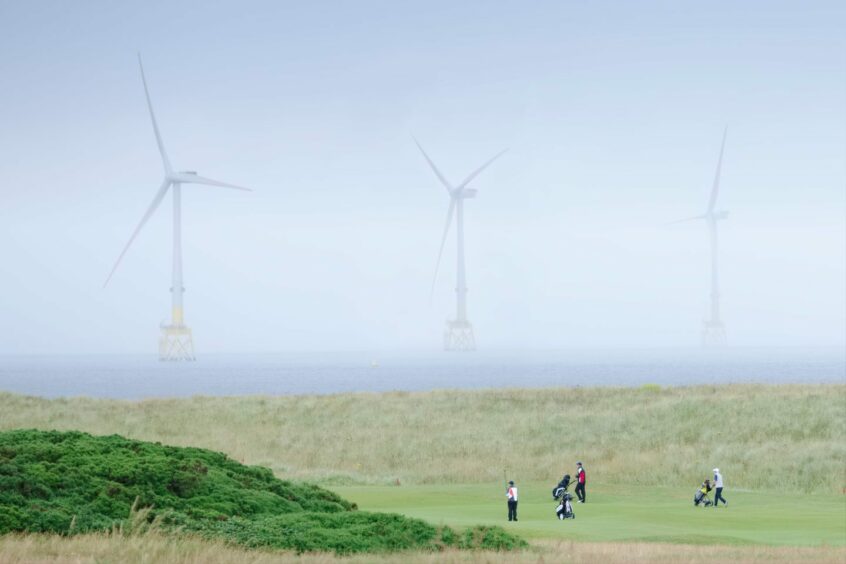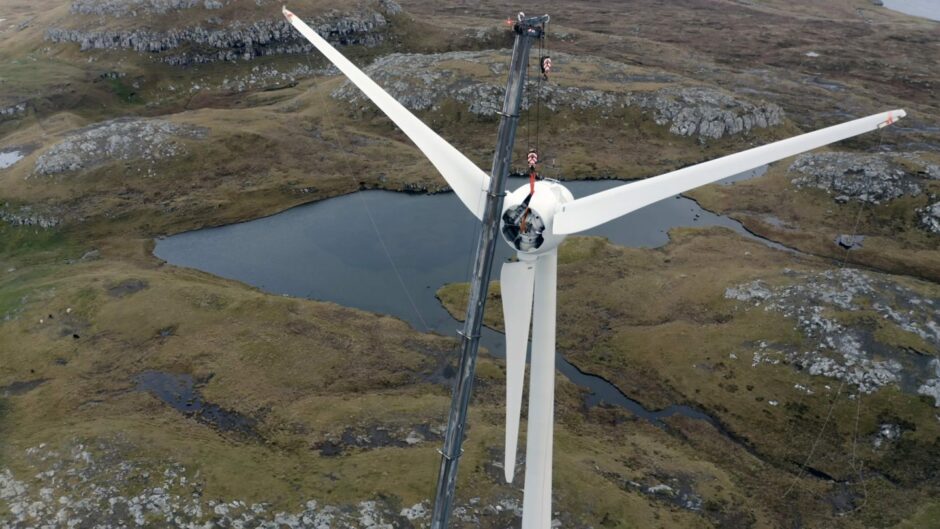A new report has found supply chain issues, skilled labour shortages and turbine reliability are among the top concerns of the global wind industry.
Onyx Insight surveyed more than 50 senior wind industry leaders on the challenges and future opportunities facing the global sector.
According to the report, 57% of respondents listed supply chain issues as one of the biggest challenges facing their organisation in the next three years, while 51% listed skilled labour.
Challenges surrounding original equipment manufacturers (OEMs) were a concern for 49% of respondents, while 46% listed turbine reliability issues.
Onyx Insight chief commercial officer Ashley Crowther, the report’s lead author, said the wind industry faces a range of new challenges in the post-pandemic era.
“The supply chain, OEM headwinds and turbine reliability sit front and centre of the issues facing operators as they look to reduce O&M (operations and maintenance) expenditure in the face of increasing financial pressures,” Mr Crowther said.
“Supply chain pressures are compounding reliability problems caused by ageing assets.”
Wind supply chain challenges
The report said supply chain issues caused by COVID-19 and the invasion of Ukraine had led to problems with “lengthy delays on new projects due to longer lead times for the supply of new turbines” as well as significant price increases.
For example, the report noted Danish turbine manufacturer Vestas had increased the average selling price of its “wind energy solutions” by 29% in 2022.
In addition, the report found lengthy delays for major components, particularly main bearings on newer turbines with large rotor diameters, are leaving turbines offline for extended periods.
As a result, in some markets OEMs are scaling back their presence to focus on more lucrative regions.
OEMs are also looking to “reduce full-scope contracts to shorter terms, adding more ‘carve-outs’, and shifting more risk to the asset owner for major component replacements”.
According to the report, this “introduces a new dynamic in the service space where, as the sector matures, asset owners are increasingly looking to in-house their operations & maintenance”.
Supply chain challenges also extended to vessels, where even in mature markets like the UK and Germany, an increase in construction projects means there are fewer vessels available for O&M activities.
Wind sector facing skills challenges
According to the report, while talent acquisition issues have improved post-COVID, significant challenges remain.
Figures from the Global Wind Energy Council show the number of wind technicians requiring industry training will increase 17% from 489,600 in 2022 to 574,200 in 2027.
A recent Offshore Wind Industry Council report found the UK offshore wind sector is expected to have in excess of 100,000 workers by the end of the decade, requiring an increase of more than 10,000 per year.
The fragmented nature of the wind industry meant location workers were often required to relocate, an issue which does not affect other energy forms to the same degree.
Responses to the survey also highlighted regional differences in filling skills shortages.
Respondents said, on average, it is easier to hire wind professionals in Germany than in the UK for example, with Brexit an “undeniable factor”.
The report also highlighted challenges with ‘The Great Rotation’, whereby an increase in working from home means that unless it involves climbing a turbine or working in construction, almost anybody can go for any job.
While this had led to a wider talent pool, it also meant greater competition for individuals with specific skills.
As a result, recruitment costs had risen while staff retention had also become more challenging.
Bigger turbines, bigger problems
Respondents also predicted a “marked increase in reliability issues” with both aging turbines (69%) and new wind turbine technology (56%).
As the sector matures, the report said, turbines are getting older, and the failure rate of electromechanical systems are increasing with age.
A period of strong demand in the market had also led to a wide variety of turbine designs, delivered on short cycles to meet the demand of a customer base looking to generate more energy for lower costs and with greater efficiency.
In addition, while increasing introduction of larger turbines had driven reduced electricity generation costs, it has “exacerbated problems around reliability and to some extent masked inefficiencies in operations and maintenance”.
Following a downturn caused by inflationary supply chain pressures, manufacturers had been “locked into a price competition spiral, attempting to produce larger turbines for more competitive pricing”.
As a result, the report said manufacturing quality had diminished and OEMs are now looking to streamline their processes and drastically reduce the number of turbine designs.
Greater digitalisation could benefit wind sector
While outlining the challenges faced by the sector, the report also highlighted opportunities surrounding digitalisation.
Onyx Insight said in its 2020 report, 81% of respondents had barely started digitalisation efforts, but this figure more than halved to 36% in 2023.
However, only 14% of respondents said their digitalisation of operations was mature or market leading.
The report said key benefits from technology adoption, such as intelligent planning, additional turbine sensors, centralised data, advanced diagnostics, and predictive analytics are still to be fully harnessed by the wind sector.
Mr Crowther said the challenges faced by the sector could drive change and the industry can embrace technology to become more efficient.
“The best players are investing in digitalisation, as their leaders know they will otherwise be left behind,” he said.
“It is clear from the report that there is a broad consensus that new predictive maintenance solutions are needed sooner rather than later.”
Recommended for you




 © Supplied by Onyx Insight
© Supplied by Onyx Insight © Shutterstock
© Shutterstock © Supplied by Houghton Internation
© Supplied by Houghton Internation






